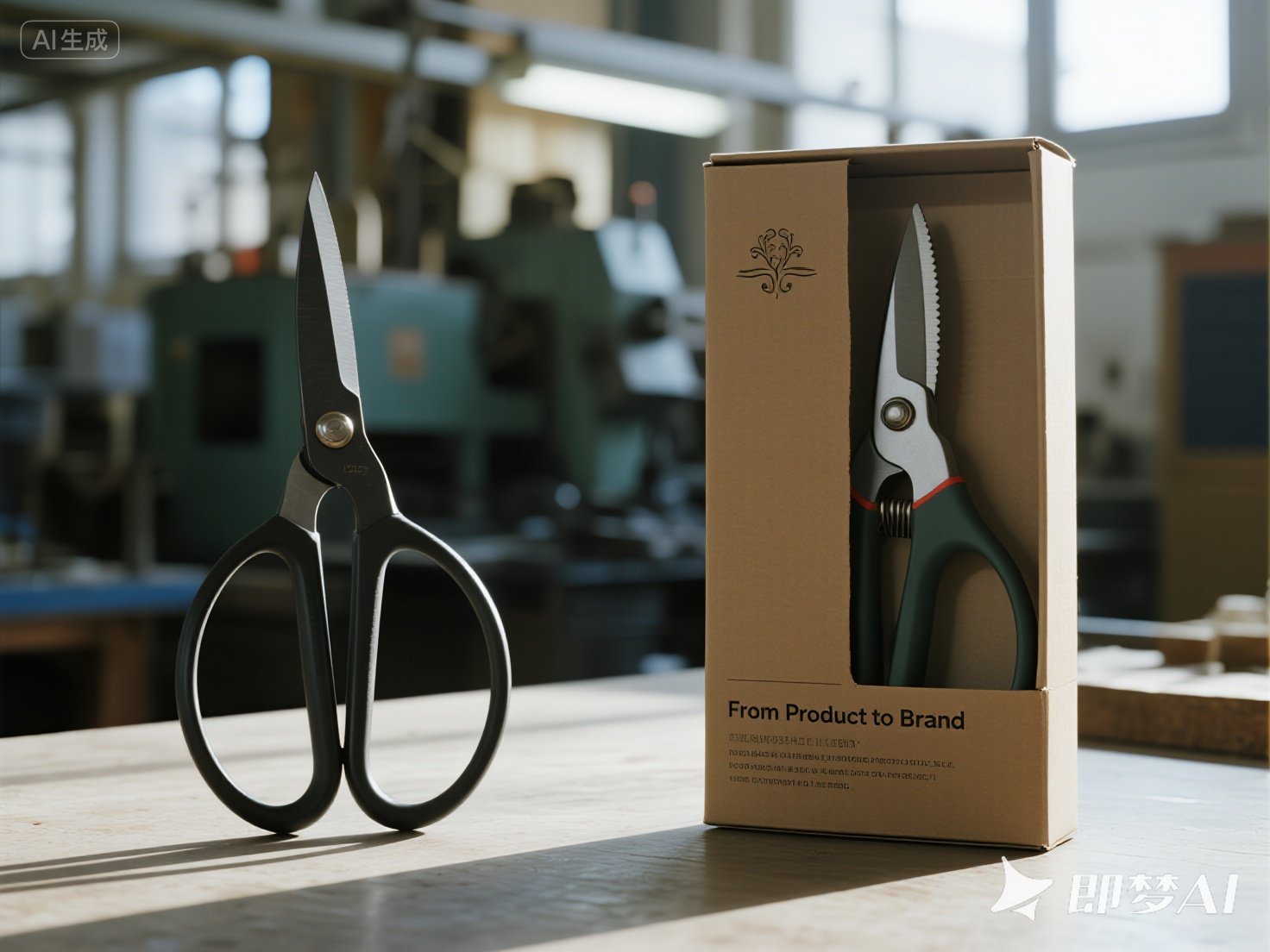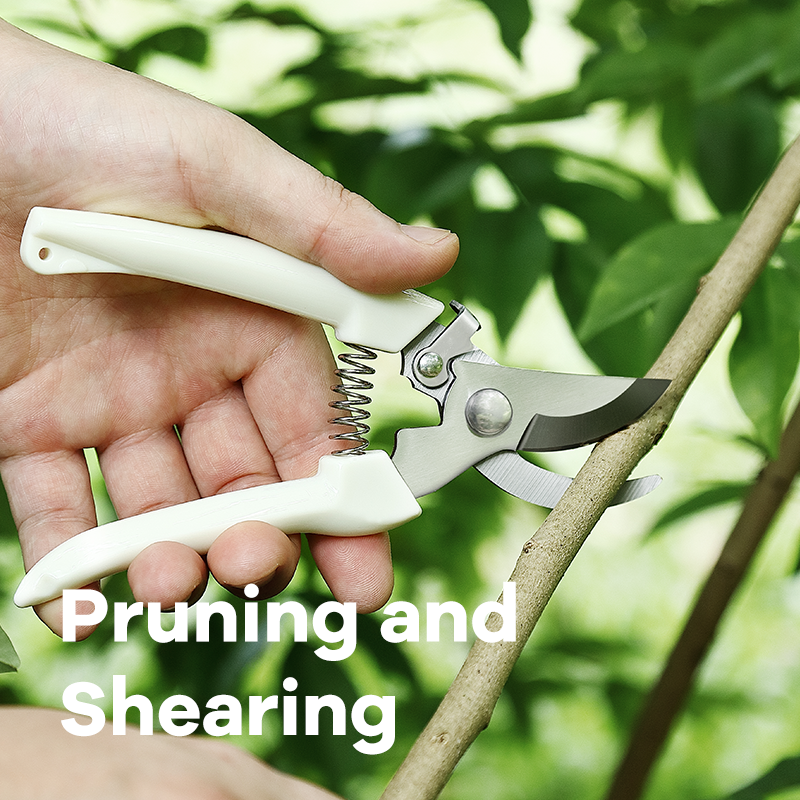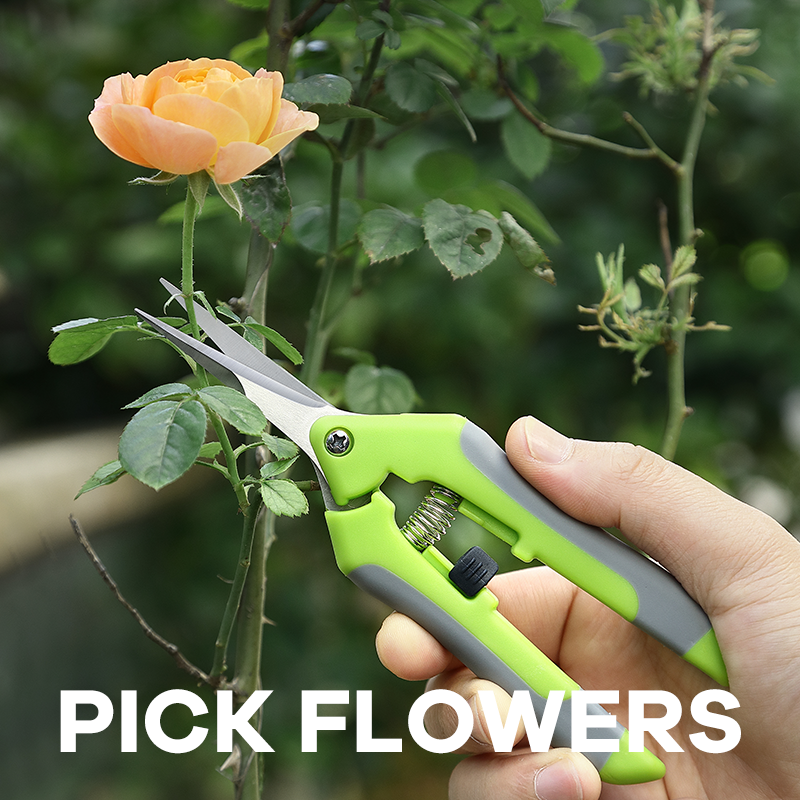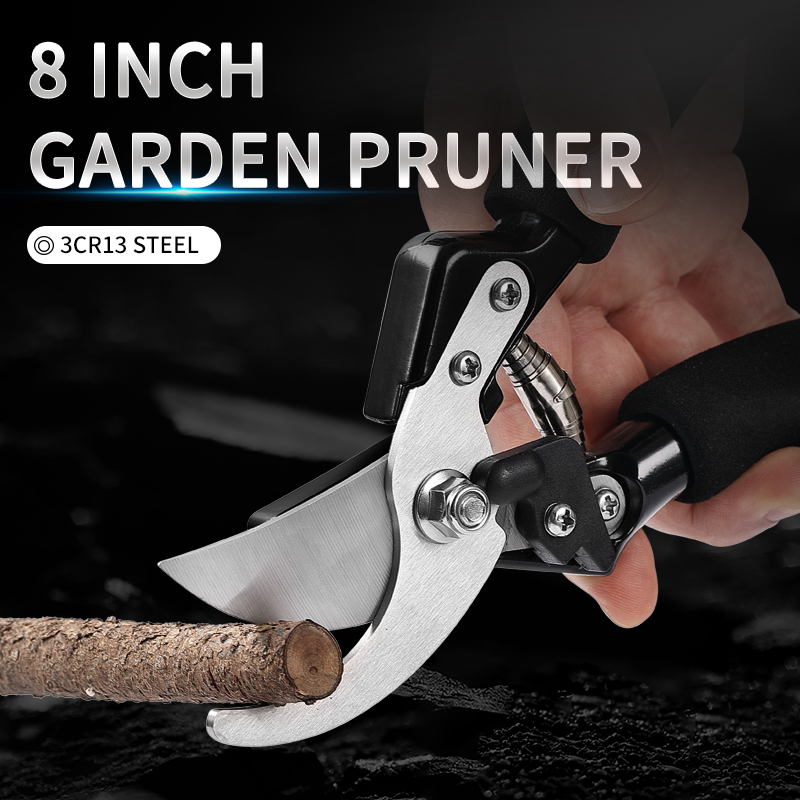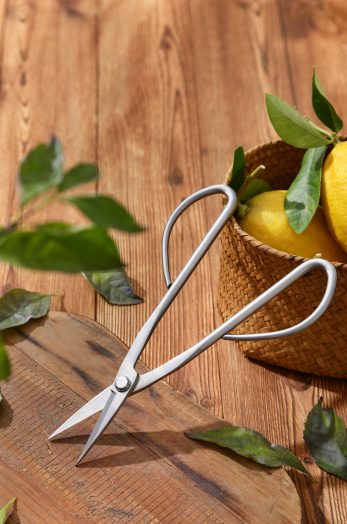For a B2B buyer, sourcing garden tools is an exercise in risk management. While price is a factor, the true cost of a product is revealed in its performance, durability, and impact on your brand's reputation. A shipment of poor-quality pruning shears can lead to customer returns, negative reviews, and long-term brand damage. This guide deconstructs the anatomy of a superior pruning shear, providing you with the knowledge to identify quality manufacturing and make a confident, low-risk sourcing decision.
1. Sourcing Beyond the Surface: The Importance of Material and Mechanism
The foundation of a reliable tool lies in its core components. When evaluating a potential supplier, look beyond the finished appearance and inquire about the specifics.
- The Blade:The choice of steel is your first indicator of quality. A supplier usingSK-5 high-carbon steel, for example, demonstrates a commitment to performance. But go deeper: ask about theirheat treatment process. Proper hardening and tempering are what give a blade its lasting edge retention and durability. A supplier who can speak to this process is one who understands quality manufacturing.
- The Mechanism:The smooth action of a bypass shear comes fromprecision engineering. Look for tight tolerances where the blades meet and a robust pivot point. This precision minimizes stress on the tool and the user, directly translating to a longer product lifespan and a better customer experience.
2. What Defines a Well-Manufactured Pruning Shear?
True quality is a combination of performance, safety, and thoughtful design—all of which are outcomes of a superior manufacturing process.
- Ergonomics & Grip:A comfortable, non-slip grip isn't just a feature; it's a sign of investment in mold design and material science. It shows the manufacturer considers the end-user, which reflects positively on your brand.
- The Safety Latch:A flimsy or poorly designed safety lock is a major red flag. A reliable, intuitive locking mechanism is a critical safety feature that indicates a manufacturer's attention to detail and commitment to producing a safe, market-ready product.
- Effort-Saving Design:This is achieved through the geometry of the blades and pivot. A manufacturer who has invested in R&D to optimize cutting leverage can offer a product that is a clear step above generic, low-effort designs.
3. From Components to Confidence: Choosing the Right Partner
An exceptional product comes from an exceptional partner. Instead of being sold a specific model like the "Gardening Labor-Saving Scissors," your goal should be to identify a manufacturer whose entire process is built on quality. Attrimsun, we believe in transparency. We invite our partners to understand our:
- Material Sourcing:We have established relationships with reliable steel suppliers to ensure consistency.
- Quality Control Checkpoints:From blade sharpening to final assembly, we have rigorous checks in place to ensure every unit meets our high standards.
- Collaborative OEM Process:We work with you to select the right combination of materials and features to meet your brand's specific quality and price targets.
4. Elevate Your Business with a Confident Sourcing Strategy
Making an informed sourcing decision means looking at a pruning shear as a sum of its manufacturing parts. By understanding the anatomy of a quality tool, you can better evaluate potential suppliers, mitigate the risk of sourcing inferior products, and build a reputation for providing reliable, high-performance tools. This is the foundation of a profitable and sustainable garden tool business.
Partner with a manufacturer who prioritizes quality. Contact us to learn more about our manufacturing process and how we can help you build a superior product line.


